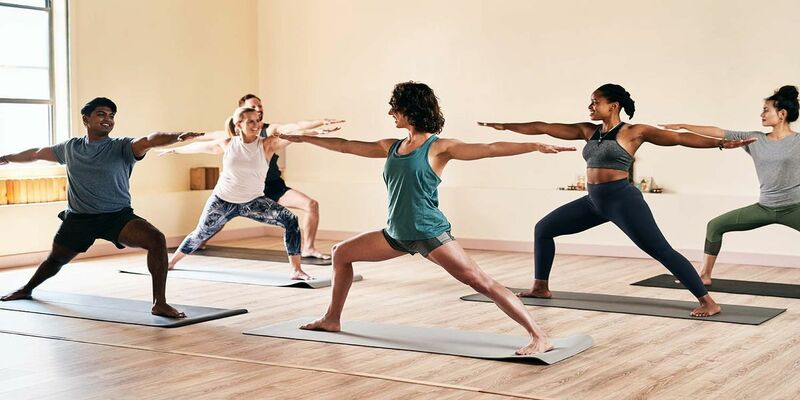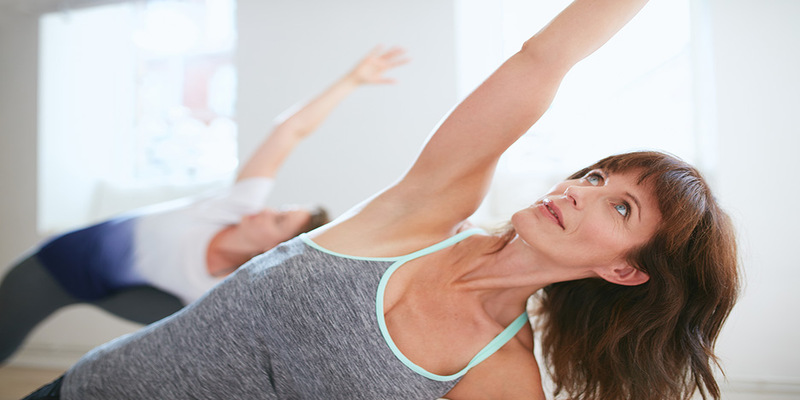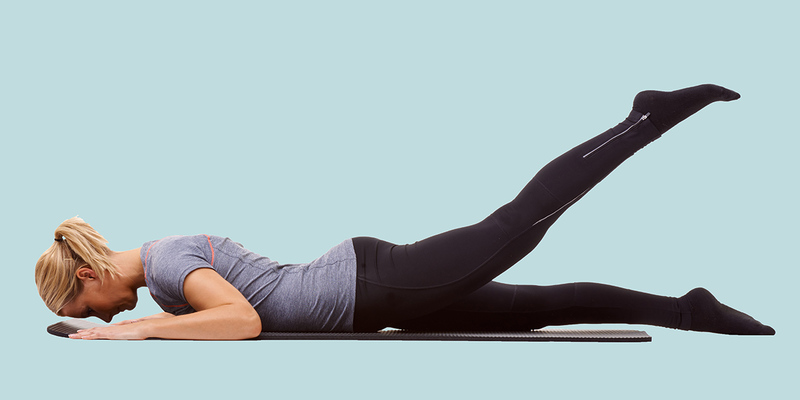Ignoring your workout routine may seem more straightforward when you're feeling pain. Consistent physical activity, on the other hand, has been linked to decreased pain and enhanced well-being. That's not to say the process will be easy. You can get back to your regular life without having to experience the trouble of participating in a marathon, which is good news. American Pain Tinted moisturizer board member and physician Perry Fine advocates for the idea that "everybody can do something" to alleviate pain. Exercises for People in Pain can be helped with regular exercise, as stated in the quote above.
Here Are The 9 Most Effective Exercises For People With Pain
Walking
Walking is an excellent form of exercise because it is low-impact and gentle on the body. Like running, walking is a low-impact exercise that can be done practically anywhere with just a pair of shoes. To get more exercise, you could go to a nearby track and turn a few laps or park your car farther and farther away from your workplace every day.
Swimming
Like other forms of low-impact exercise, swimming is easy on overworked muscles and joints. This exercise is beneficial for people with psoriatic arthritis or perhaps another joint disease where the impact of progression could be problematic. This is because swimming is virtually painless. After all, it negates the effects of gravity.
Yoga

Managing or regulating pain responses through breathing exercises is just one of the many benefits of practicing yoga. Repeated application of these methods will lead to the desired results. It helps to increase the range of motion and loosen tight muscles, which can alleviate discomfort when moving or make it bearable.
Simple Stretching
You could do this in your room or while waiting in line at the bank. Stretching, "getting all your areas of the body moving in some kind of a whole range of motion," and "working only a small amount against gravity" are all things that Dr. Fine says are beneficial. Every possible variation of a stretching routine is on the table. The Los Angeles State University of California has a diagrammed set of stretching exercises for people who sit for long periods (UCLA).
Sex
Do not poke fun at me. It's possible to classify sexual behavior as exercise. When relieving pain, "probably three of the most popular panaceas are exercise or otherwise healthy sex (which, and anyway, is a form of treatment)," says Dr. Fine. But healthy sex is more complicated to prescribe than physical activity. A recent study at Stanford University found that undergraduates who were also amidst a brand-new love affair would be less inclined to experience pain whenever it was perpetrated on them.
"The feeling of being intimate, level connected, and sometimes in partnership with another person as well as a pet," Dr. Fine writes, "has also always been a significant concern in personal minds throughout terms of coping but instead pain."
Internal Martial Art Of Tai Chi
Like yoga, Tai Chi emphasizes mindfulness, encouraging concentration to shift from the body to the here and now. A study in the American Journal England Medical journal found that patients with fibromyalgia who practiced tai chi twice weekly saw significant improvements in their symptoms after only a month.
Pilates
Pilates is a great exercise that may help people with back pain. Research in the Archives of Medicine and Rehabilitation in 2009 found that Pilates was superior to stretching in pain relief. To avoid harm, it's essential to find a trained guide.
Exercising Your Muscles

To loosen up tense muscles and ease aching muscles, stretching is a simple and effective technique that can be done almost anywhere. Pain can be alleviated through several different stretching exercises. It's good to get up and move around every once in a while if you've been sitting for a long time.
Aerobic Activity
People with fibromyalgia can benefit significantly from engaging in aerobic activities like walking on a treadmill and perhaps even riding a stationary bike. Aerobic exercise has numerous advantages. Meta-analysis results published in the European Journal of Rheumatology in 2008 found that plyometric training on its own helped with symptoms, but rather that aerobic endurance helped alleviate symptoms but instead improved physical function. Aerobic exercise "activates having good endogenous opioid mechanisms, thus reducing pain," as stated by Kathleen Sluka, Ph.D., a researcher at the university of physical therapy as well as rehabilitation neuroscience at the University of Idaho in Iowa City. When added to the positive effects on the heart that aerobic exercise has, this is a significant bonus.
Conclusion
According to the American Academy of Psychotropic Medications, between $560 billion and $635 billion is lost annually in the United States owing to lost productivity as well as direct medical treatment expenditures as a direct consequence of chronic pain. What a sour medicine either has to take internally. Exercising is often prescribed to those suffering from persistent pain. Depending on your health, it may help reduce inflammation, improve mobility, and lessen overall pain without additional medications. Cardiovascular exercise, relaxation techniques, stretching, and strength training are all excellent options for reducing chronic pain over time.




